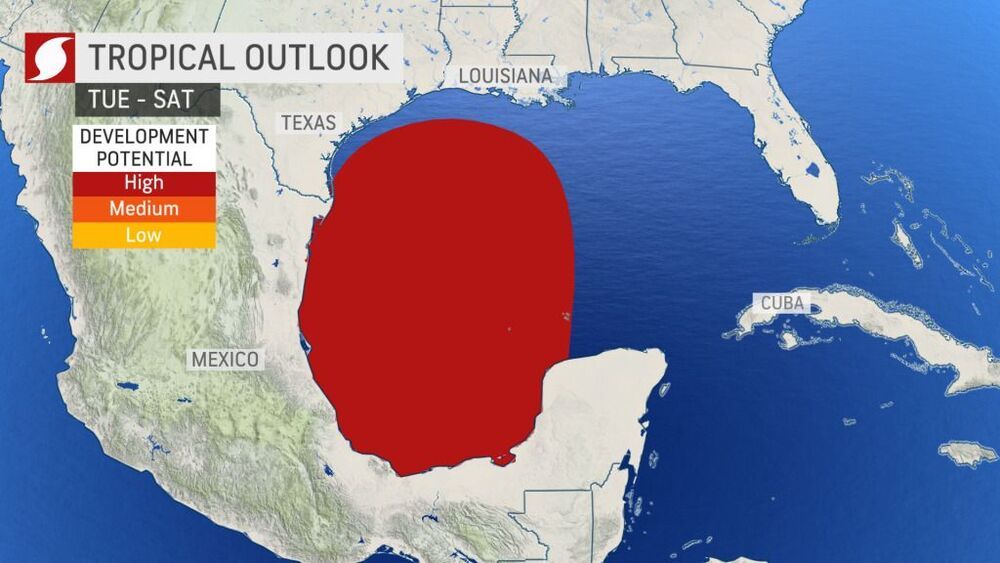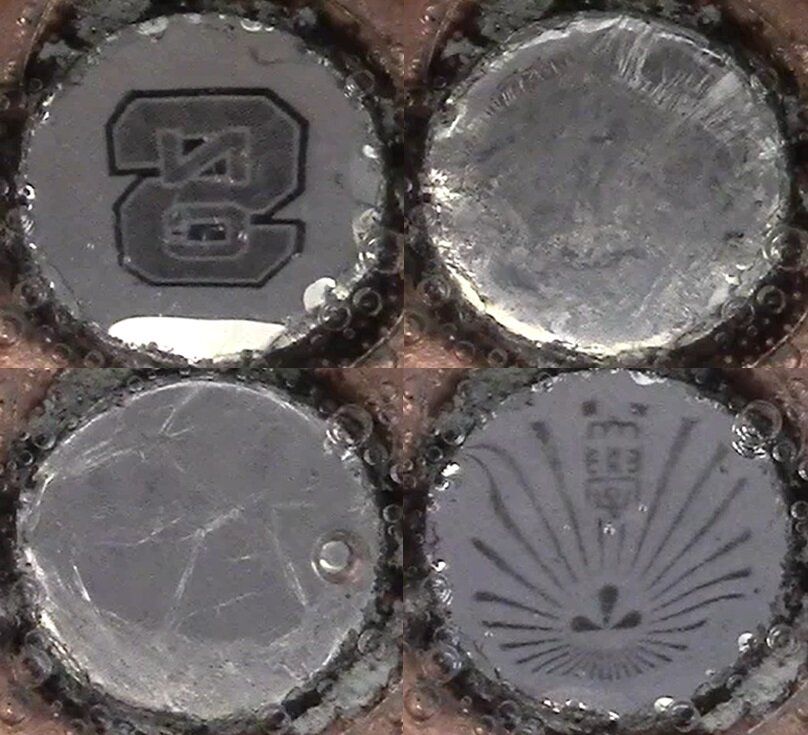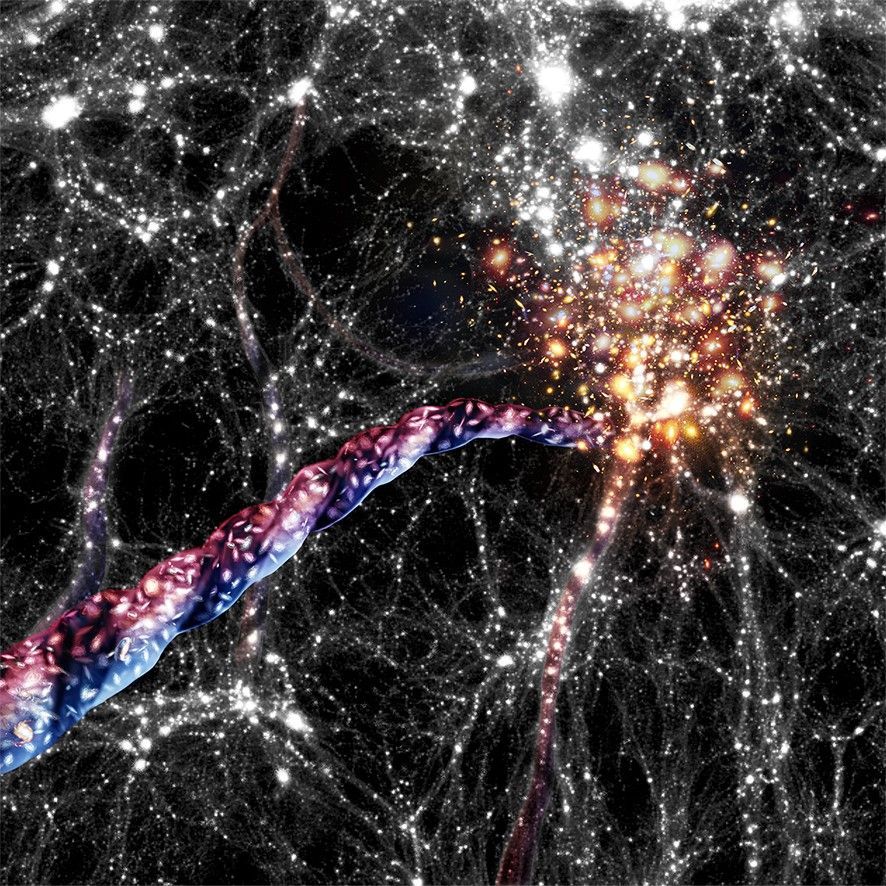Get the latest international news and world events from around the world.
How much is a Blue Origin flight? Jeff Bezos firm sells its first ticket
Jeff Bezos’ spaceflight firm has yet to fly a single human, but one lucky auction winner has just bought the firm’s first seat for sale.

New record distance for quantum communications
Toshiba’s Cambridge Research Laboratory has achieved quantum communications over optical fibres exceeding 600 km in length, three times further than the previous world record distance.
The breakthrough will enable long distance, quantum-secured information transfer between metropolitan areas and is a major advance towards building a future Quantum Internet.
The term “Quantum Internet” describes a global network of quantum computers, connected by long distance quantum communication links. This technology will improve the current Internet by offering several major benefits – such as the ultra-fast solving of complex optimisation problems in the cloud, a more accurate global timing system, and ultra-secure communications. Personal data, medical records, bank details, and other information will be physically impossible to intercept by hackers. Several large government initiatives to build a Quantum Internet have been announced in China, the EU and the USA.


Researchers create switchable mirrors from liquid metal
Researchers have developed a way to dynamically switch the surface of liquidmetal between reflective and scattering states. This technology could one day be used to create electrically controllable mirrors or illumination devices.
Liquid metals combine the electrical, thermal and optical properties of metals with the fluidity of a liquid. The new approach uses an electrically driven chemical reaction to create switchable reflective surfaces on a liquid metal. No optical coatings nor polishing steps, which are typically required to make reflective optical components, are necessary to make the liquid metal highly reflective.
In the Optical Society (OSA) journal Optical Materials Express, researchers led by Yuji Oki of Kyushu University in Japan show that switching between reflective and scattering states can be achieved with just 1.4 V, about the same voltage used to light a typical LED. The researchers collaborated with Michael D. Dickey’s research team at North Carolina State University to develop the new method, which can be implemented at ambient temperature and pressures.
Does Telomere Length Really Affect Lifespan?
What Are Telomeres?
As our cells divide (a process known as mitosis), our cells replicate the long strands of DNA located within the nucleus of our cells (known as chromosomes). This process however is imperfect, and due to the mechanics of how this is carried out by the body, the DNA is shorted ever so slightly during each replication cycle. I will not get into the details on how exactly this happens in this article, but if you are interested then this video should give you a better understanding of this process. In order to prevent important parts of the DNA being lost through the replication process, areas of what is mostly blank DNA at the end of the chromosomes are used as a sort of sacrificial buffer, allowing for the DNA to be replicated without the loss of genetic information. These areas of the chromosomes are known as telomeres. In addition to providing a buffer zone for DNA replication, telomeres also prevent broken strands of DNA attaching themselves to the ends of chromosomes, which both prevents chromosomes from becoming conjoined, as well as allowing for the opportunity for the broken strand of DNA to be repaired.
Do longer telomeres correspond to longer lifespans?
NOAA discovers a new, beautifully weird sea creature
Exceptionally high-quality videos allow scientists to formally introduce a remarkable new comb jelly.



Qualcomm reportedly offers to invest in Arm as regulators threaten to block Nvidias $40 billion acquisition
U.S. chip goliath Qualcomm has said it is open to the idea of investing in U.K. chip designer Arm if the company’s $40 billion sale to Nvidia is blocked by regulators, according to The Telegraph newspaper.
Qualcomm’s incoming CEO, Cristiano Amon, said Qualcomm would be willing to buy a stake in Arm alongside other industry investors if SoftBank, Arm’s current owner, listed the company on the stock market instead of selling it to Nvidia, the newspaper reported Sunday.
“If Arm has an independent future, I think you will find there is a lot of interest from a lot of the companies within the ecosystem, including Qualcomm, to invest in Arm,” Amon said. “If it moves out of SoftBank and it goes into a process of becoming a publicly-traded company, [with] a consortium of companies that invest, including many of its customers, I think those are great possibilities.”